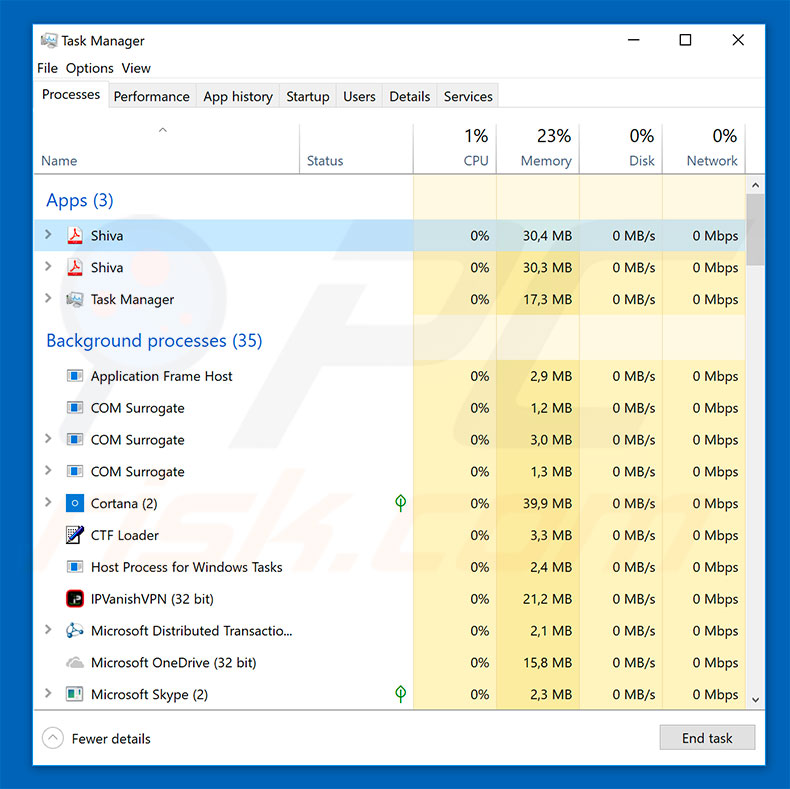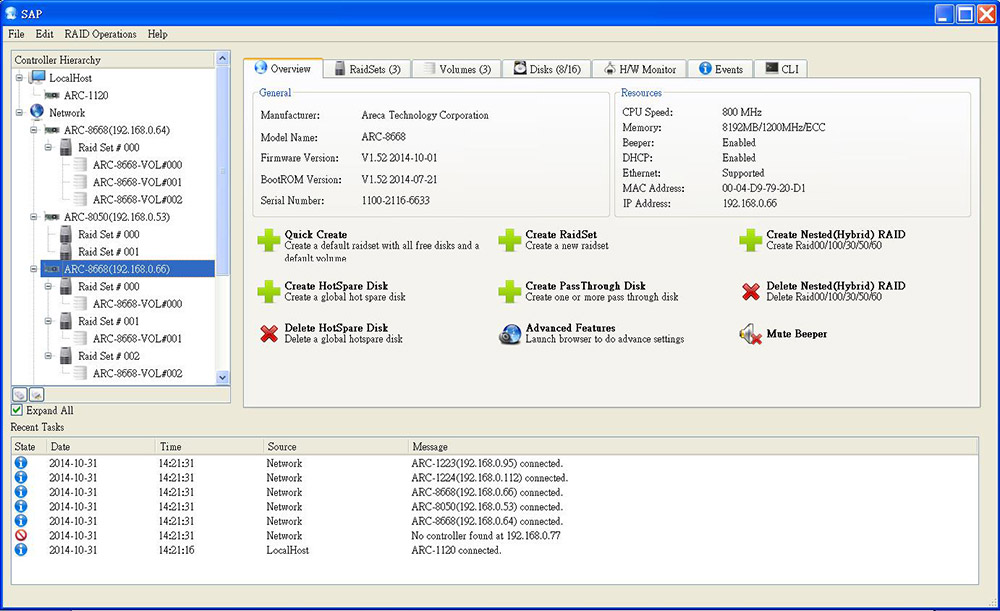
Related: Project Management Issues Log: Definition and Characteristics Dependenciesĭependencies relate to the factors that occur before your project can progress. The project manager also can document how they resolved or managed issues in their RAID log. A project manager may use their RAID log to track issues, including their severity and impact.

They may challenge the progress of a project by interrupting processes, delaying deliverables, requiring additional resources or adding complexities. Issues are problems that arise during a project. Constraint: Definitions, Types and Differences Issues Key factors of an assumption include the reason for it, details of the assumption, what information can confirm the assumption and how the project plan may change if an assumption changes. For example, a project manager may assume an expected level of progression on a project.Īcknowledging assumptions at the start of a project may help leaders determine the initial project plan and adapt the plan as events occur that confirm or deviate from the original assumptions. Related: 10 Types of Business Risks and How To Manage Them AssumptionsĪn assumption is a consideration or event a project leader considers to be certain. By acknowledging risks at the project planning stage, leaders can develop plans to minimize the potential for risks or strategies for overcoming risks as they arise. When identifying project risks, leaders might consider the likelihood of each risk occurring and how severe the risk may be. Risk can affect any element of a project or operation, such as your resources, technology, processes or personnel. In project management, a risk is a potential event, activity or situation that may have negative consequences for your project. Here's more information about each of these components: Risks Other managers may use assumptions, actions, dependencies and decisions. Instead of assumptions and dependencies, some RAID logs may identify only actions and decisions, for example. Some leaders may include additional or alternative components in their RAID logs. There are four components in a RAID log, which are risks, assumptions, issues and dependencies. Related: What Is RAID in Project Management? (With Pros and Cons) Components of a RAID log Improves adherence to deadlines and budgets by helping project leaders anticipate problems Increases the project manager's control over the project by allowing them to prepare solutions ahead of problems Outlines goals to help leaders allocate resources for each aspect of a projectĭocuments resolutions or proposals for manager input on project strategiesĬommunicates the project plan with stakeholders, such as managers and clients Helps leaders evaluate and address changes as they ariseĪllows project managers to monitor project progress Guides meetings and discussions based on an initial framework for a project Invites all members of a project team to take part in identifying risks and proposing solutions Provides a broad, initial assessment of potential risksĬentralizes information to make it easy to track progress toward goalsĬreates a visual to organize information for easy referencing at each stage of a project Here are some potential benefits of using a RAID log:Įnsures all members of a project team know the goals, expectations and strategies for a project Related: Understanding the Project Management Processes and Phases Benefits of using a RAID logĪ RAID log can be a practical and versatile tool for project planning. Various levels or departments within a business However, because the RAID log method can be simple and adaptable, some other applications include: Some industries that use RAID logs include engineering, construction and information technology. Typically, project managers create a RAID log before starting a project and use it as a reference document throughout the project. They also may help project leaders organize information to share with their team, so all members of the project team understand the goals and strategies for project success. RAID logs help leaders plan projects by allowing them to identify potential risks and develop strategies to resolve problems before they happen. What is a RAID log?Ī RAID log is a tool project management leaders use to assess the key risks, assumptions, issues and dependencies of a project.
RAID MONITOR TASK MANAGER HOW TO
In this article, we define what a RAID log is, outline the benefits of using one, explain the components of a RAID log and provide steps for how to use one with a template and example.


Learning about RAID logs can help you better structure your approach to identifying and managing potential risks during a project. Understanding the purpose and components of a RAID log may equip project leaders with a useful tool for project planning.

Project managers use a variety of tools to plan, monitor and implement their projects.


 0 kommentar(er)
0 kommentar(er)
